1260 Memorial Drive
Atlanta, Georgia 30316
404-458-1330
Hair Extension Grades: 5A, 6A, 7A, 8A, 9A, 10A
Mikey MoranA lot of potential clients ask us, "What Grade is your hair?"
Great question!
If you are looking to buy human hair extensions from a reliable hair vendor, you want to know if it is excellent hair and will your clients fall in love with it.
Before we go into the hair grading system, let's see where it first evolved.
Understanding the truth behind the names used for hair grading will be important when trying to find the best hair extensions for your money.🤑
Table of Contents
1. History of the Hair Grading System
2. How to Grade Hair Extensions
3. What Is the Best Grade Hair to Buy?
4. Is There a Universal Hair Grading System?
5. Comparing 5A to 6A to 7A to 8A to 9A to 10A
6. Hair Grading Q & A in the Comments
History of the Hair Grading System
The human hair bundles business has changed dramatically over the past decade.
Today, there are so many different types of hair extensions and marketing terms to quantify the quality of hair.
"Chinese manufacturers and Chinese trading companies created the (5A, 6A, 7A, 8A, 9A, 10A) grading system as an easy way to explain to their clients "how good the hair is."
Although, there is a catch.
Do you remember just five years ago when "5A" hair was so amazing? That might have been back around 2012 - 2013.
But wait! Then there was "6A" hair in 2014. Of course, that was then the best hair extensions.
In 2015 we were introduced to "7A" Brazilian hair weave was then considered the new top grade.
The amazing "8A" virgin hair was then popular in 2016, and now in 2017, the "9A" hair weave is the best.
In 2018, you would see trading companies trying to say their "10A" hair was the best.
Remember when "11A" hair weave was the new high-grade hair extension and the talk of the town in 2019?
This year, we are looking at all sorts of numbers and I don't know if it will ever stop.
Anyone want to make a prediction of what the "Top Grade of Hair" will be in 2030? Probably 20A Grade Hair? Remember, it's all fictitious anyways!
Do you see the trend here? Every year Chinese hair manufacturers add an additional "A" to their hair to stay competitive. In reality, it is all just hair extension marketing.

How to Grade Hair Extensions
Currently, there is not a "Universal Standard" for human hair extension grading. Therefore, there is not a standard hair grade chart that you can pull up, and it is accurate.
Technically someone could call their hair extensions 8A despite being smelly, crappy, tangling, non-Remy hair.
Here are some factors you should consider when shopping for virgin hair extensions:
-
Wefts: Single stitch or double stitch? Double stitch wefts should reduce shedding.
-
Weight: The standard weight of sew-in style hair bundles is 100 grams or about 3.5 oz. Is the bundle cheaper because it weighs less.
-
100% Human Hair: Private Label only sells 100% human hair and think most of our clients prefer this. If you are looking for really cheap hair that will not last, color, or style then consider a synthetic blend.
-
Remy or Non-Remy: You want Remy hair with the cuticles facing the same direction to reduce the chances of tangling. Non-Remy hair will quickly tangle and cause issues.
-
Raw Hair or Virgin Hair: In general, there are two types of quality levels of hair on the market. Raw Hair which is in its natural state and Virgin Hair Bundle that has had some processing including aligning the cuticles. Both can be great options depending on your hairstyle use case.
-
Single Donor or Multiple: Single Donor hair only matters for a few types of hair, including Indian Temple hair or possibly a unique gray hair. Is it necessary? 99.9% of the time, we would say no. Some companies "claim" the hair bundle is from a single donor, but I would not pay extra for it.
-
Single or Double Drawn: Most human hair sold in the USA market is single drawn hair. The cost to produce a double drawn bundle is much higher because the shackling process of removing the shorter hairs is much more expensive during manufacturing. Expect to pay more for a bundle of human hair that has long hairs all the way to the tips.
-
Color: Can you color the hair? Virgin hair will usually lift to a #27 Honey Blonde while Raw hair can be colored to a #613 Blonde or #60 Platinum Blonde. If you are not coloring the hair, you might consider buying a less expensive option if available.
- Styling: Human Hair extensions generally should not have an issue styling. Of course, Raw Hair Bundles, like our Vietnamese Bundles, will always give you the best results.
It's essential you know exactly what you are buying and selling to your clients.
Let's go over the type of virgin hair offered here at Private Label.

What Is the Best Grade of Hair to Buy?
Our phone rings off the hook all day! One of the common questions people ask us is what grade of hair is sold on Private Label?
Would we consider the hair 5A, 6A, 7A, 8A, 9A, 10A, or what? Do we sell mink hair? What about Japanese denim? The list goes on!
To be honest, all the numbers and name to describe hair extensions is 100% marketing.
Let me quickly go over the human hair options that are available at Private Label. Depending on exactly what hairstyle you are trying to achieve should determine the level of quality hair needed.
Basically, I don't recommend using raw hair for a quick weave!

Malaysian Hair Extensions
The Malaysian Body Wave Bundles and Malaysian Straight Weave Bundles are a fantastic value for the price.
The natural 1b color blends very well and is styled very easily.
What You Should Know:
- The Hair Is 100% Human Hair
- Double Stitch Wefts
- Hair is "Virgin Remy" with cuticles facing the same direction
- Malaysian hair can be colored up to a #27 honey blonde
- Single drawn but still not thin at the tips
- All bundles are 100 grams (standard)
Our clients have enjoyed the price vs. quality of the Malaysian Hair. The construction of the matching closures and frontals is excellent!
Pro Tip: When companies call products "Malaysian" or "Brazilian" it's also marketing like the grading system. You are NOT wearing real Brazilian hair. It's often referred to a country to help distinguish a product. Unfortunately, if you don't use these terms it often confuses clients.
If you or your customers are looking for low-cost options, then this would be it. Not everyone can afford the most expensive hair so offering an alternative will increase your customer base.
If you call us or visit our Atlanta store, our staff can show you the Malaysian hair in person so you can feel it for yourself!

Brazilian Hair Extensions
Ready to take it up a notch?
These are the best selling bundles at Private Label, Private Label Wholesale (bundles are referred to as Premium), and for our 1,000's of dropship hair clients on the Dropship Beauty platform.
What You Should Know:
- The hair is 100% Human Hair
- Double Stitch Wefts
- Hair is "Virgin Remy" with cuticles facing the same direction
- Brazilian Hair can be colored up to a #27 Honey Blonde
- Single drawn but still not thin at the tips
- All bundles are 100 grams (standard)
The main difference between the Brazilian hair and Malaysian hair is the longer hair strands within the bundles.
Also, when the hair is examined the better batches are generally used for the Brazilian Hair. This is something most people would not recognize.
If you are looking for great quality hair extensions for the price then Brazilian Body Wave Bundles are it!

Vietnamese Hair Extensions
The Vietnamese Straight Hair Bundles are just stunning. We would not consider it anything between a 5A, 6A, 7A, 8A, 9A, or higher. We just call it "Raw Hair" that is sourced from the countryside of Vietnam.
Our natural gray hair bundles from Vietnam are stunning as well.
The hair is THICK. Probably the thickest hair we have ever sold. The texture is not silky smooth like the Brazilian but a little course.
A perfect match for a woman that wears sew-in extensions.
What You Should Know:
- The hair is 100% Human Hair
- Double Stitch Wefts
- Hair is "Remy" with cuticles facing the same direction
- Vietnamese Hair can be colored up to a #613 Russian blonde
- Double drawn and full to the tips
- All bundles are 100 grams (standard)
This weave is some of the best quality hair you will ever find. You will not find many sellers of Vietnamese hair as it is not common in the marketplace. It is not as easy to get and takes longer to supply than other hair types.
Pro Tip: The Raw Vietnamese & Indian Hair on Private Label is actually sourced from those countries.
We do our best to stay stocked with Vietnamese hair despite is scarcity. You could consider this hair extension grade a 12A or whatever the current top number of hair extension is by the time you read this. Really, it's raw hair and the best!

Indian Hair Extensions
The Wavy Raw Indian Hair and the Curly Raw Indian Hair textures are some of the most sought after in the industry.
We are talking beautiful and long-lasting hair extensions.
What You Should Know:
- The hair is 100% Human Hair
- Double Stitch Wefts
- Hair is "Remy" with cuticles facing the same direction
- Vietnamese Hair can be colored up to a #613 Russian blonde
- Very full bundles
- All bundles are 100 grams (standard)
The popularity of Indian hair has stayed consistent over the past ten years. Because it is less abundant to find the prices for true raw Indian hair that has been donated at temples will generally be more expensive.
Private Label's Indian hair is 100% with no mixing of processed hair. You may find "cheap" Indian hair, but it will not match the quality of the bundles we provide our clients.
It has been our goal to offer the best possible raw Indian hair that is available from India.

Universal Hair Grading System
Will there ever be a universal hair extension grading system? We don't think so anytime soon.
The hair extension market is still like the wild west when it comes to marketing terms and ways to grade hair.
The idea of having a 5A or 6A hair quality was great until the marketing concept of adding additional A's to the numbers to appear higher quality.

What Are the Best Hair Extensions?
Are 10A hair extensions better than 8A hair extensions?
It's a tough call because technically, you could call your hair any "grade" you want.
Our staff tends to agree the best hair extensions are the RAW hair. Our clients love our Raw Vietnamese & Indian hair.
The Raw Hair is in its natural state, it can be a little more to deal with because it will act just like the hair on your head.
Everyone is going to have a different opinion on the hair extensions they buy. Your view of what's the best weave will be different than the person next to you.
The goal is to find great hair at an affordable price. If it's labeled 7A, 8A, 9A, or even 10A it really doesn't matter!

Comparing 5A to 6A to 7A to 8A to 9A to 10A
Is it even possible?
Technically no.
Selling your clients virgin hair that matches their needs will be fundamental. Understand the capabilities of natural hair will be crucial to your success.
We don't think there is anything wrong with calling your hair a specific grade but make sure you can back it up.
To be competitive, you have to focus on selling the best hair extensions possible for an affordable price. You don't have to go too cheap as someone might not think your hair is of quality.
Actually, we offer cheap hair bundles at high quality at Private Label.
Nobody markets "5A Hair" anymore. Everything seems to be "6A" and above. Do some research, and you will probably find 11A and 12A hair available.
Just remember, the 8A hair is no better than the 9A hair of today. There have not been any significant advancements in the wefting, shackling, or manufacturing of human hair in some years.

Myths about Commonly Asked Hair Grade Questions
What does the grading system for hair extensions mean?
The grading system, which uses terms like 5A, 6A, 7A, 8A, 9A, 10A, etc., is meant to denote the quality of human hair extensions.
The higher the grade, the higher the quality, indicating thicker ends, longer durability, and the hair being more unprocessed.
Facts: In theory the higher number should represent a better hair extension but without a real quality scale you can make up any number you want.
What is the difference between 5A and 10A hair extensions?
5A hair extensions are considered a lower quality compared to 10A.
10A extensions are of the highest quality, featuring full, thick ends, and are typically 100% virgin human hair with no chemical processing, offering the most natural look and longest durability.
Facts: Someone could tell you a bundle of hair is 10A but be thin, mixed with synthetic fibers, and less than 100 grams. The number grading system has no real value. You must learn how to determine quality hair bundles.
Are higher grade hair extensions always better?
Higher grade hair extensions are generally better in terms of quality, durability, and appearance.
They are less likely to tangle, have minimal weave shedding, and can handle heat and dyeing better. However, the best choice depends on your budget and needs.
Facts: Not always. The grading system doesn't have a standard.

Can you dye or bleach higher grade hair extensions?
Yes, higher grade hair extensions like 8A, 9A, and 10A are more suitable for dyeing and bleaching.
They can handle chemical processes better due to their high quality and resilience but always proceed with caution to avoid damaging the hair.
Facts: I have seen crappy 10A hair that can't be colored. What makes it 10A hair? The vendor puts a name on it, that's it!
How long do high-grade hair extensions last?
High-grade hair extensions, such as 9A and 10A, can last up to a year or longer with proper care, including regular washing, conditioning, and minimal heat styling.
Facts: Higher quality hair will last longer. Don't rely on an A-grade to determine if the hair is of high quality.
Why do the prices vary so much between the grades?
The price differences reflect the quality, processing, and durability of the hair.
Higher grades are made from virgin hair that hasn't been chemically treated, making them more expensive but also more durable and natural-looking.
Facts: Always focus on buying the best hair bundles deals for your budget.
Is there a standard for grading hair extensions?
No, the grading system is not standardized and can vary between manufacturers and suppliers. It's important to research and trust your supplier to ensure you're getting the quality you pay for.
Facts: This one is the truth!

How do I choose the right grade for me?
Consider your budget, how often you plan to use the extensions, and whether you intend to style or dye them.
Higher grades are better for frequent use and styling, while lower grades might suffice for occasional wear or if budget is a constraint.
Facts: Always buy the best quality hair as it will last and save you money in the long run.
Do higher grade hair extensions require special care?
While higher grade hair extensions are more durable, they still require proper care to maintain their quality.
This includes using sulfate-free shampoos, avoiding excessive hair heat styling, and gentle brushing to prevent tangling and shedding.
Facts: All human hair needs special care and treated like real hair.
Can I reuse high-grade hair extensions?
Yes, higher grade hair extensions, especially grades like 9A and 10A, are often reusable. With proper hair care and maintenance, you can reinstall them multiple times, making them a cost-effective option in the long run.
Facts: Even decent quality hair can be re-used. Take care of the hair while you are wearing it and at night for long-term use.
If you have any questions about hair extension grades or the numbers system, just drop a comment below!👇🏿

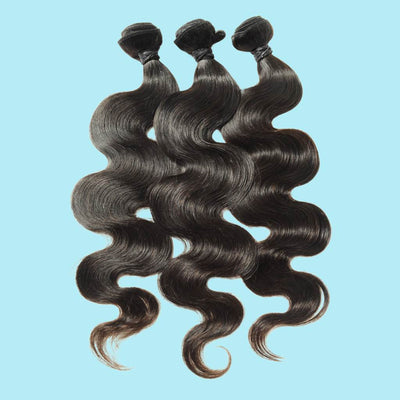
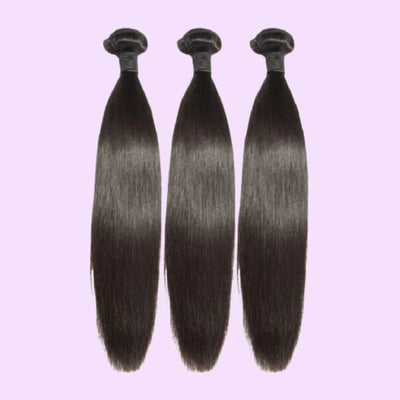
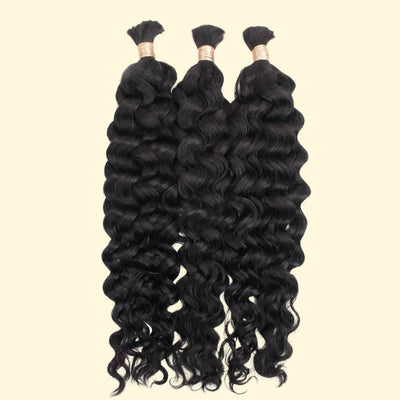
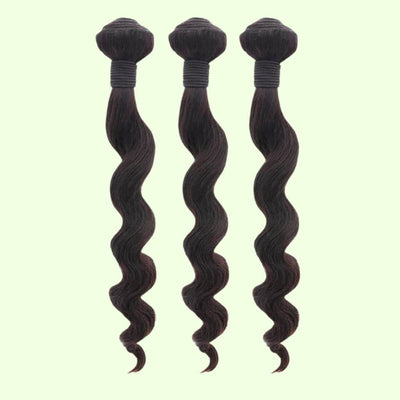
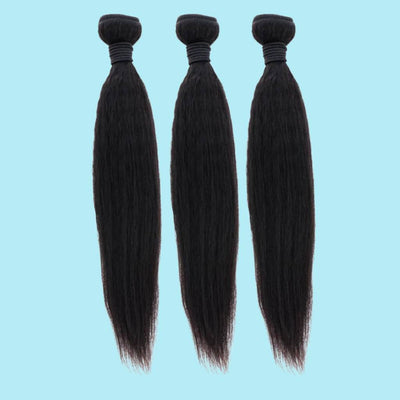
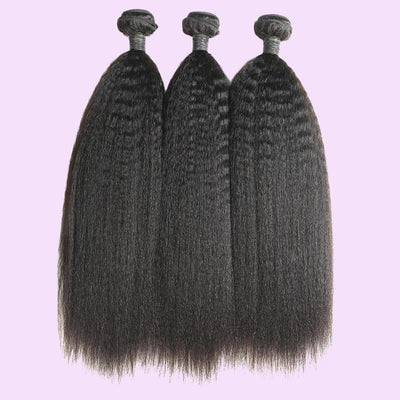
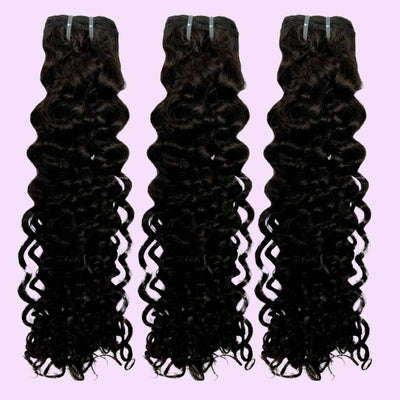
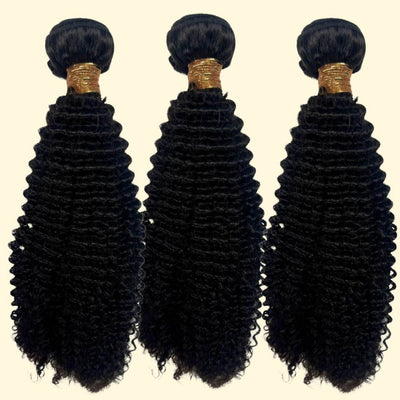

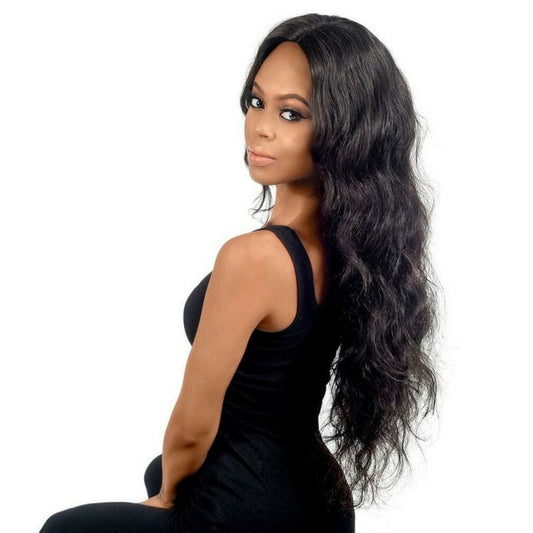
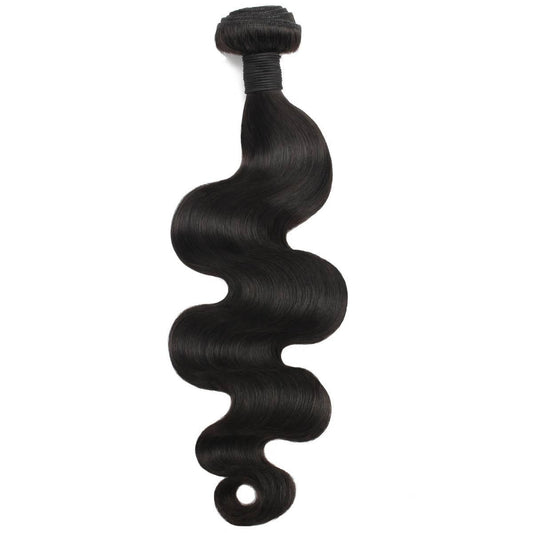
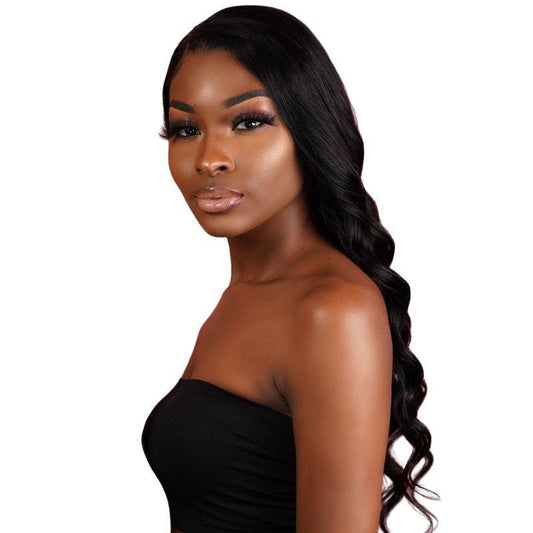
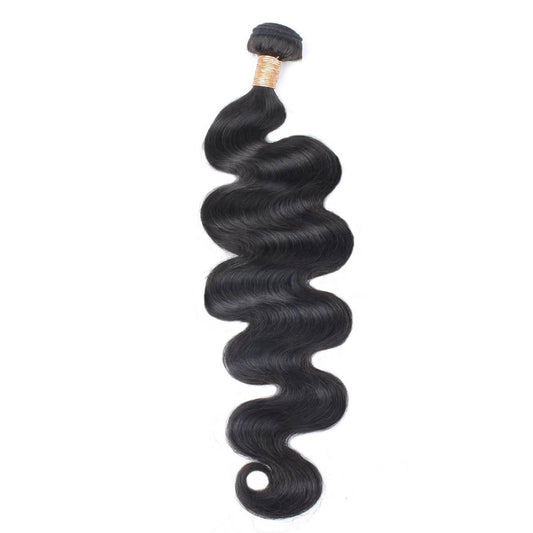
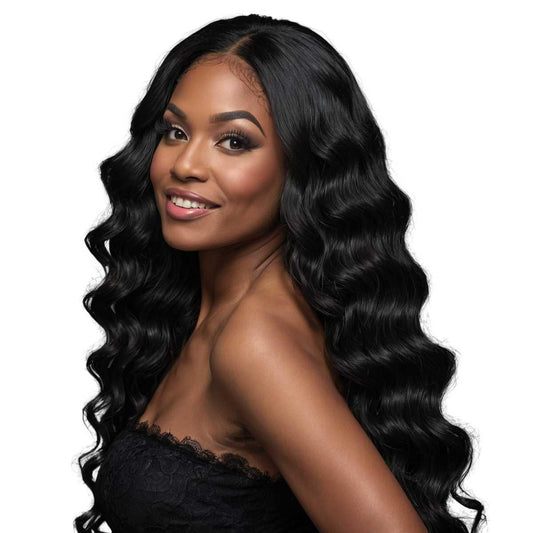
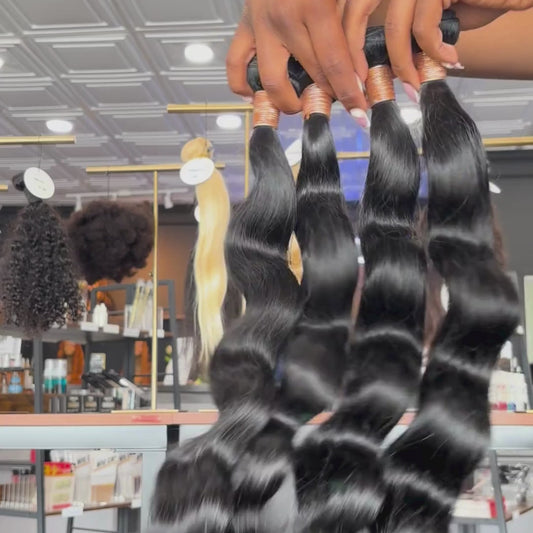
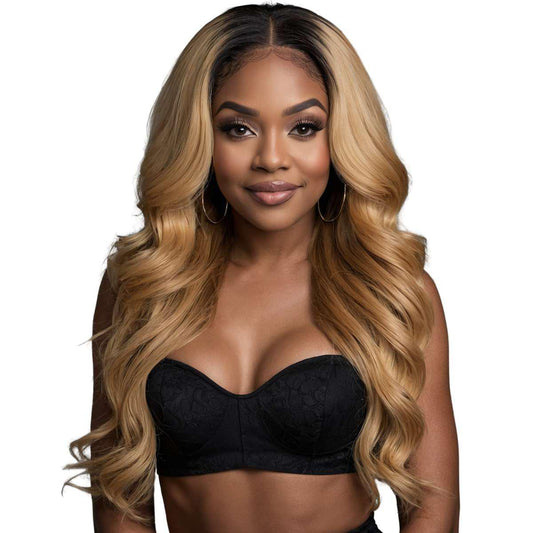
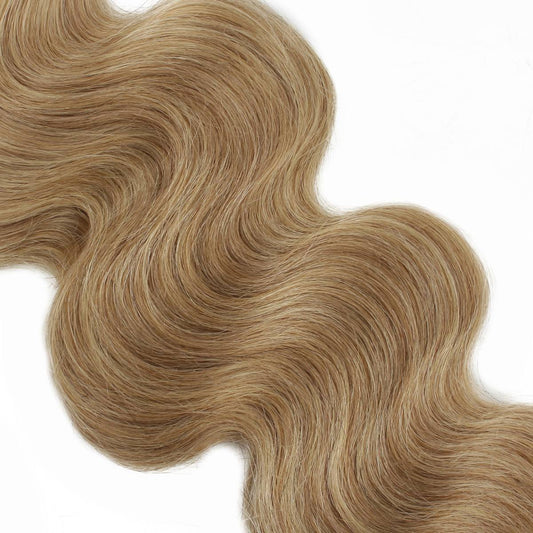
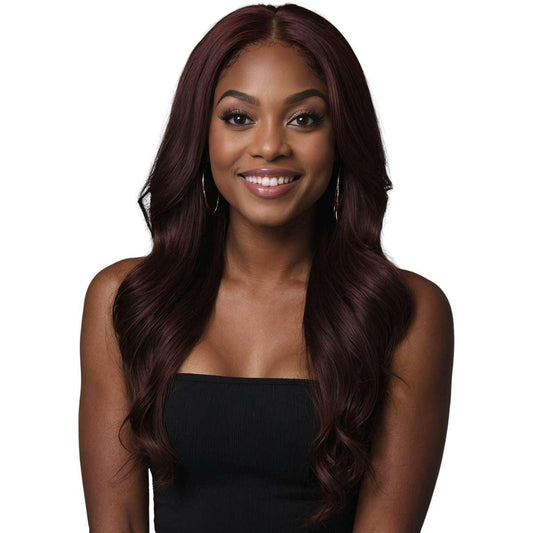
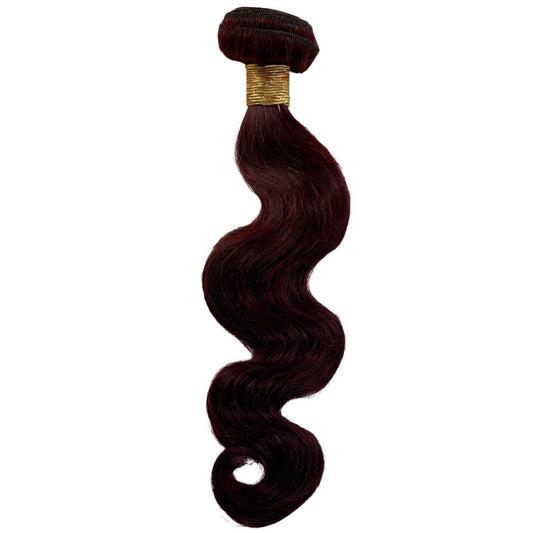
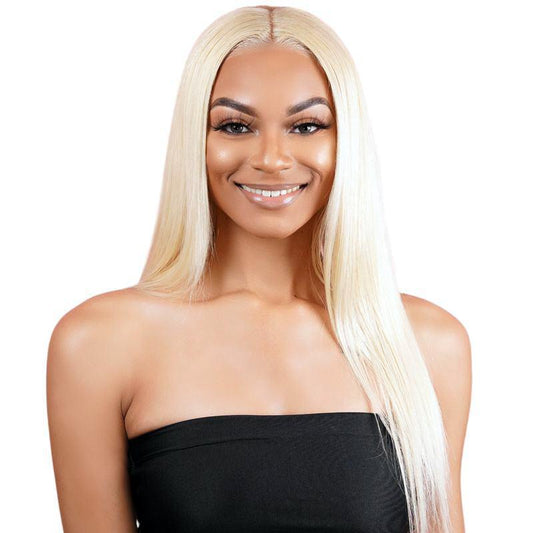
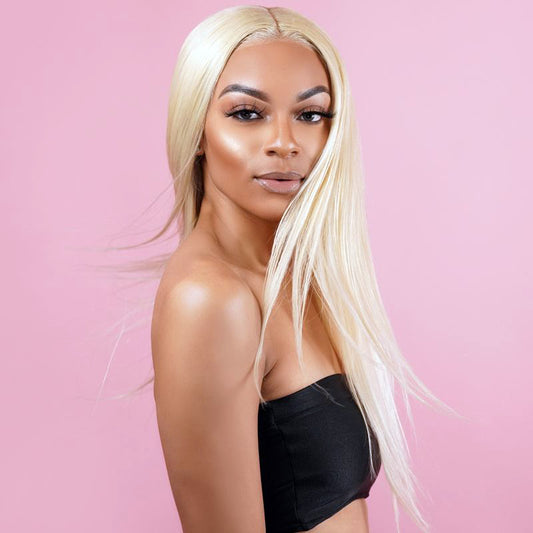
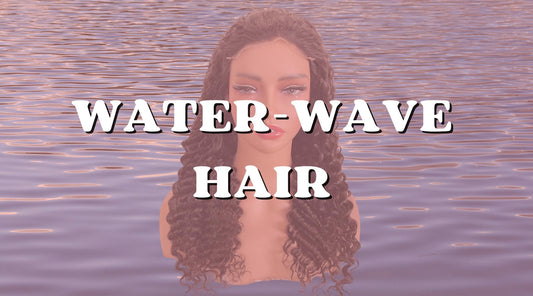

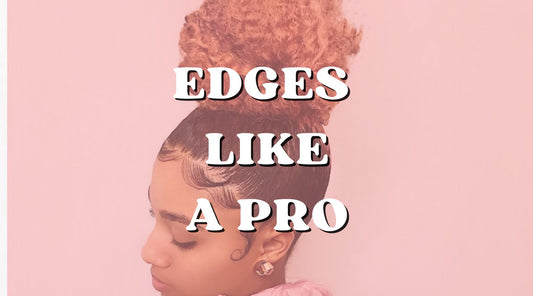
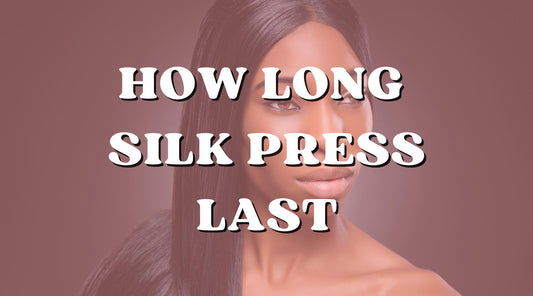
2 comments
Wow, I never knew there was so much complexity behind hair grades! It’s helpful to learn about what goes into determining quality beyond just the number. Understanding factors like weft stitching and hair type will definitely help me choose better extensions in the future.
Interesting read! How can consumers best navigate through the different hair grades to ensure they’re getting quality extensions?